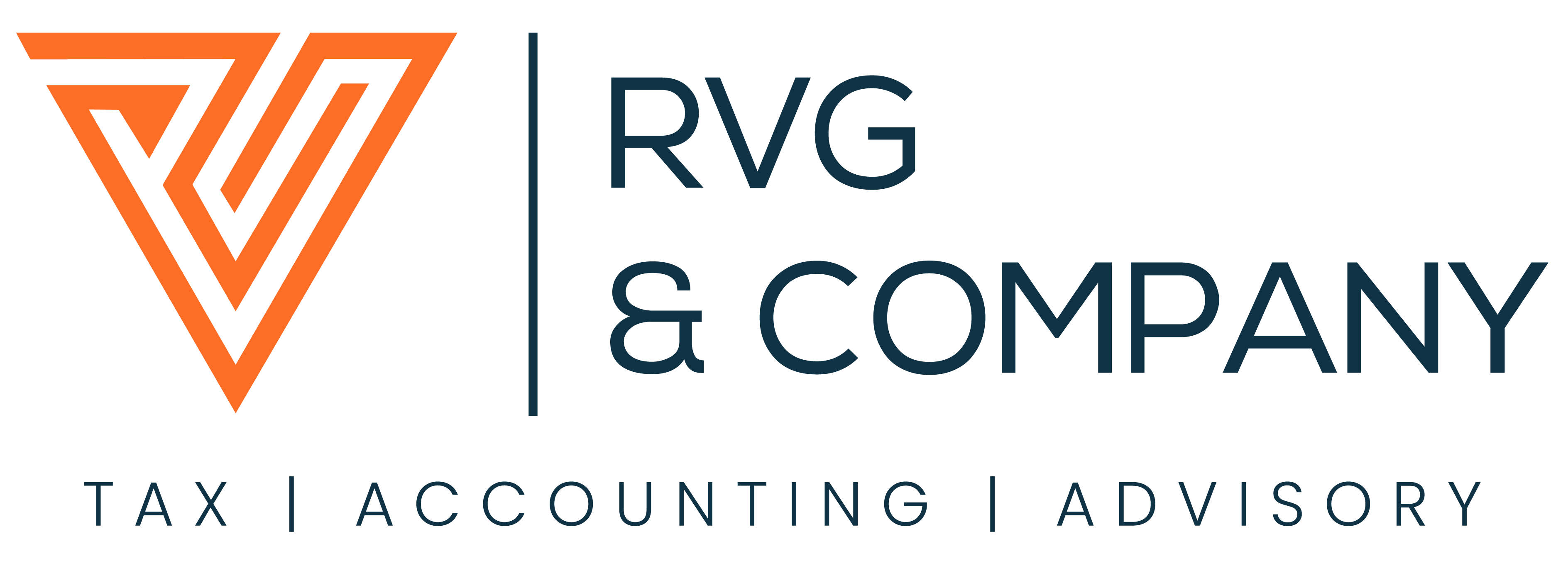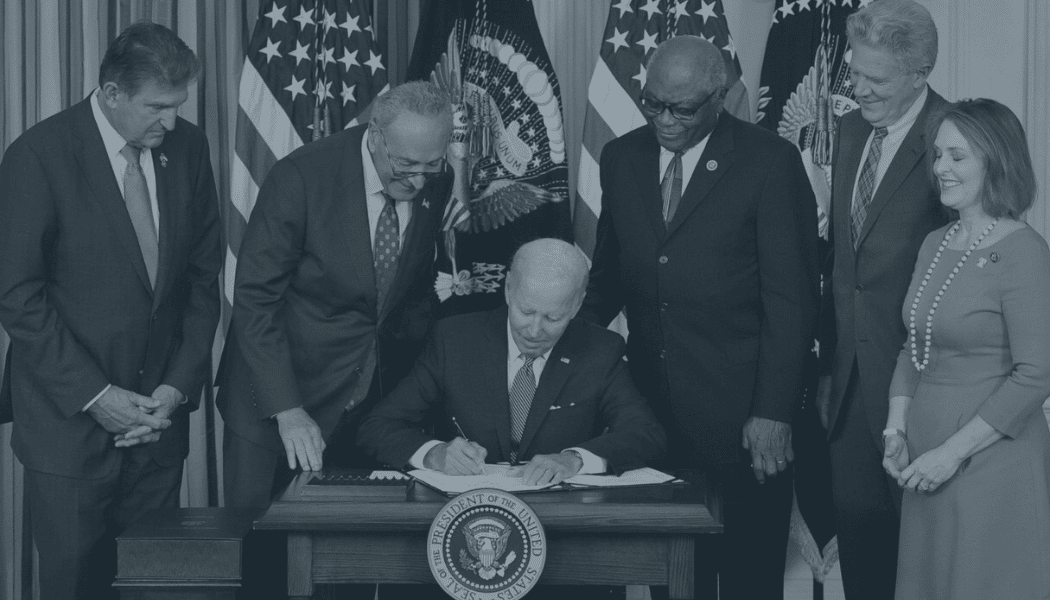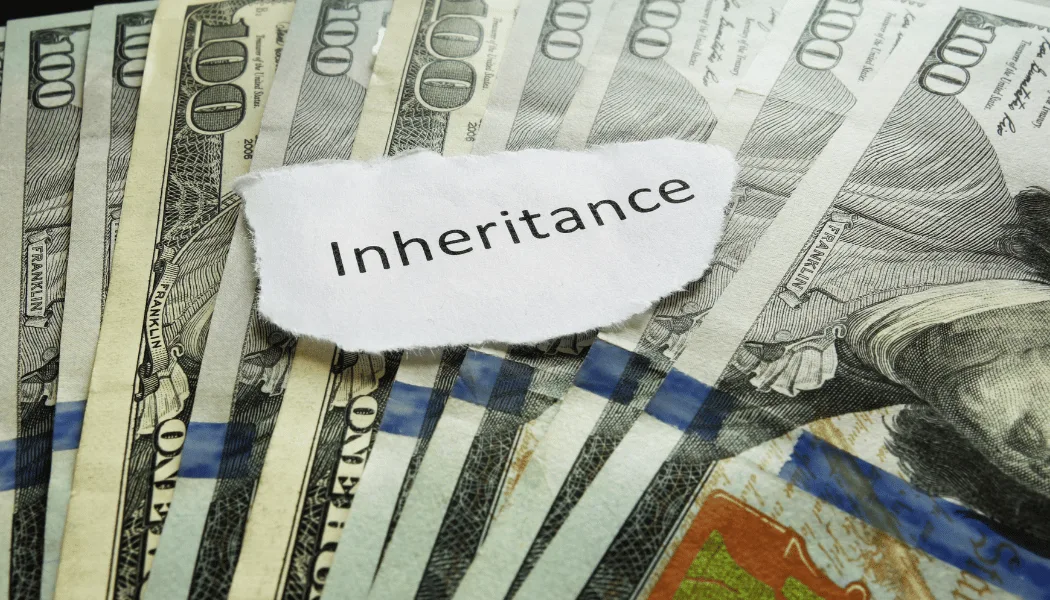Last month the U.S. Supreme Court agreed to hear the appeal of the Bittner case where the taxpayer is contesting the IRS’s method for computing the FBAR penalty. Under the Bank Secrecy Act of 1970 (BSA), US taxpayers must report their ownership in foreign financial accounts if the combined value of those accounts exceed $10,000. Taxpayers must annually report this ownership on Form 114 Report of Foreign Bank and Financial Accounts (FBAR). Under federal law, the non-willful failure to report an interest in a foreign account is $10,000.
Overview
Currently, the IRS assesses penalties for each financial account that is omitted from an FBAR. That means, if a taxpayer fails to report 10 foreign financial accounts on a single FBAR filing, the IRS will impose $100,000 of penalties ($10,000 X 10 unreported accounts).
During 2021, the Court of Appeals issued two conflicting decisions regarding the calculation of the penalty. One decision in the Fifth Circuit followed the IRS’s formula (noted above). Another decision in the Ninth Circuit held in favor of the taxpayer where the penalty was computed on a per form basis resulting in a $10,000 maximum penalty – for the omission of 13 foreign accounts. The US Supreme Court has agreed to resolve this inconsistent application of the FBAR penalty under the BSA.
Bittner Decision in the Court of Appeals 5th Circuit
The taxpayer in Bittner is appealing to the Supreme Court because the Court of Appeals for the 5th Circuit upheld the IRS’s computation of the non-willful FBAR penalty. Upon audit, the IRS assessed penalties for years 2007 through 2011 totaling $2.72 million on 272 accounts that were not reported on FBARs. The Court ruled that the non-willful FBAR penalty applied to each unreported foreign account, and not on a per annual FBAR form basis. This decision was issued in November of 2021. If the penalty was applied on a per form basis for each year, the taxpayer would have been subject to $50,000 of penalties as opposed to the $2.72 million calculated by the IRS.
Boyd Decision in the Court of Appeals 9th Circuit
In March of 2021, the Court of Appeals for the 9th Circuit held in favor of the taxpayer and determined that the non-willful FBAR penalty should be calculated on an annual form basis rather than per omitted account. In Boyd, the taxpayer had an ownership interest in 13 financial accounts in the United Kingdom that were subject to FBAR reporting.
By way of background, for the 2010 tax year, the taxpayer failed to report income and file an FBAR related to their foreign financial accounts. In 2012, the taxpayer amended their 2010 tax return, under the IRS’s Voluntary Disclosure Program, to report the income and file the FBAR for the foreign accounts. Upon audit, the IRS imposed the $10,000 FBAR penalty for each of the 13 foreign accounts.
The 9th Circuit disagreed with the IRS’s penalty computation. The Court stated that the BSA does not authorize the IRS to issue a separate penalty for each account that should have been listed on the FBAR. Thus, the Court held that the non-willful omission of multiple accounts from an FBAR to be a single violation subject to a maximum penalty of $10,000.
RVG Observation
Since the decisions in Bittner and Boyd conflict, the Supreme Court’s decision to grant certiorari in Bittner should bring clarity to the application of the non-willful FBAR penalty. This uniform approach is necessary due to the rapid growth of the global economy. The case will be heard by the Court in the fall of 2022.
If you would like to discuss the potential impact that the FBAR rules may have on you, please call RVG & Company at 954.233.1767 to speak with on of our experts in this area.








